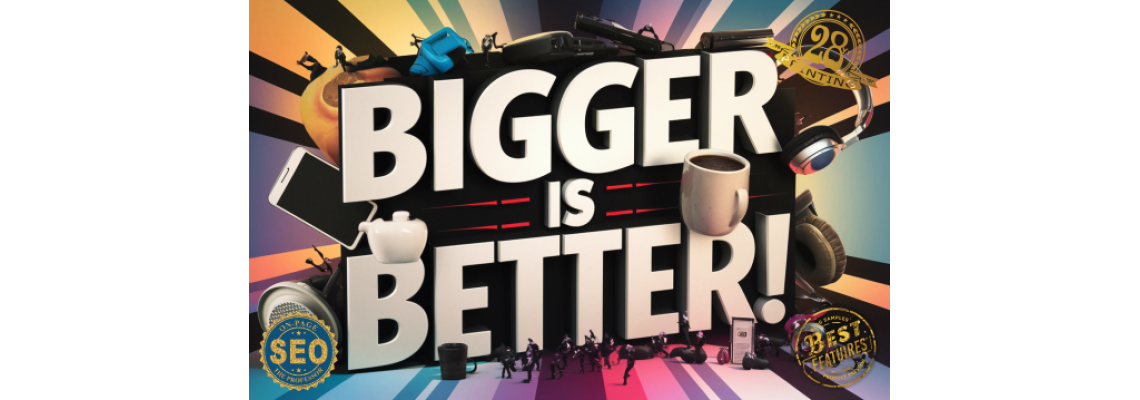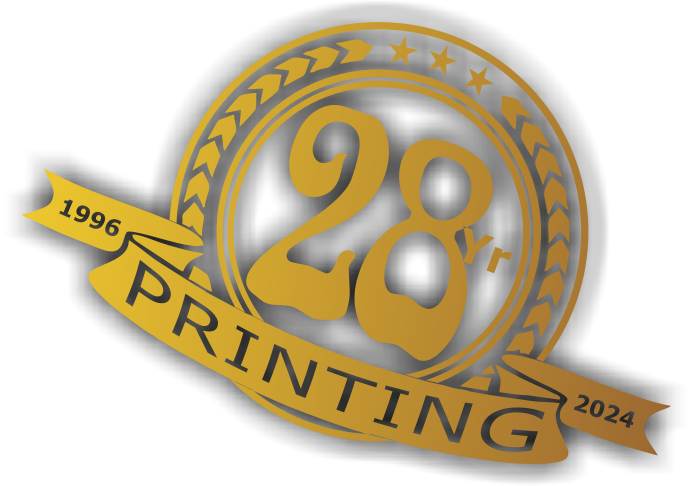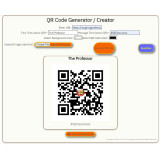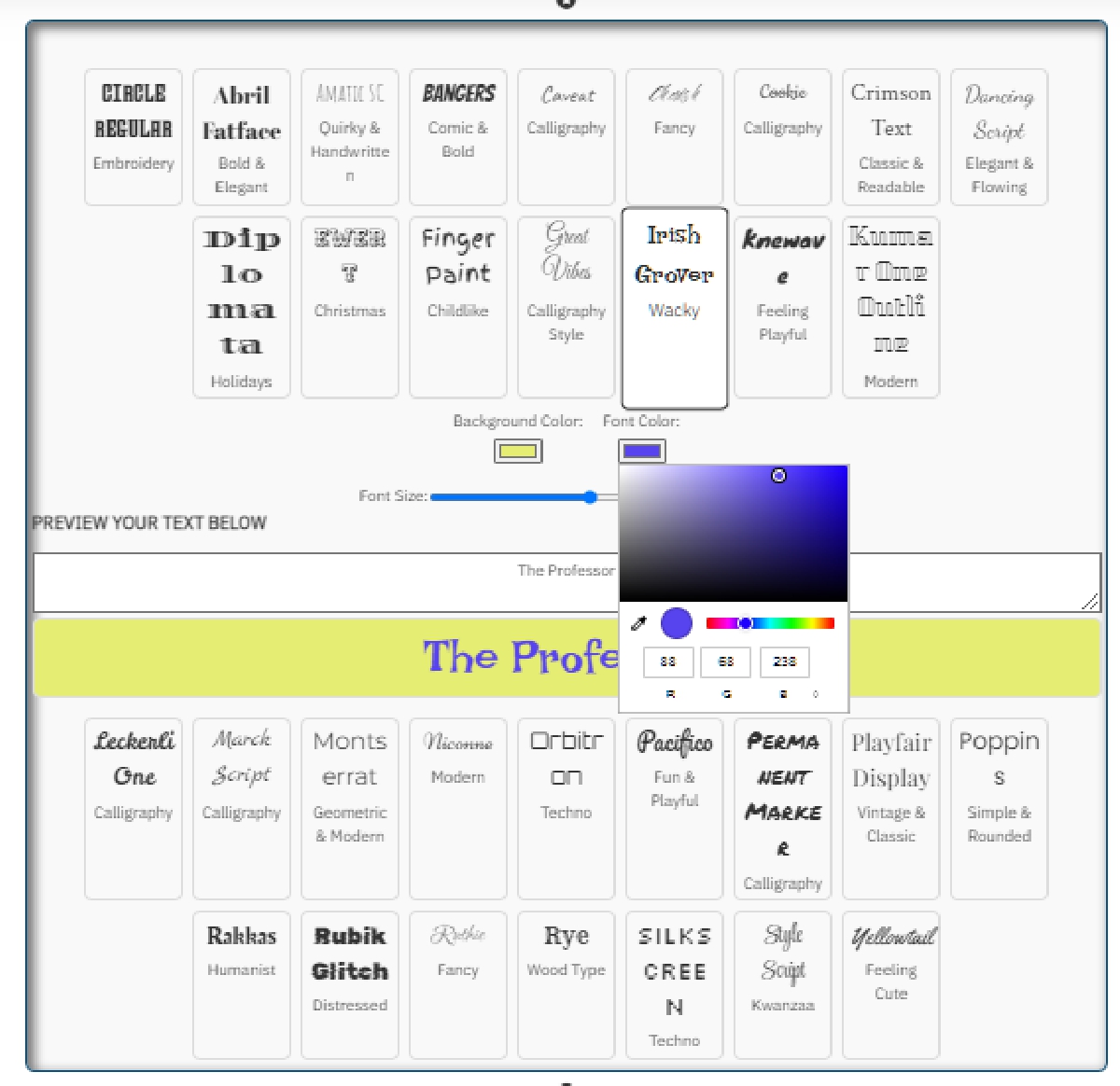
When creating PNG images for Print on Demand (POD) stores, the size and resolution of your images are crucial to ensure high-quality prints across various products. Here's a detailed discussion on the best sizes and considerations:
Key Considerations:
- Resolution (DPI):
- DPI (Dots Per Inch): For high-quality prints, a resolution of 300 DPI is recommended. This ensures that the printed image is sharp and detailed.
- Image Dimensions:
- Pixels vs. Inches: It's essential to understand the relationship between pixels and inches. For example, an image that is 3000 pixels wide at 300 DPI translates to 10 inches in print width.
Common Sizes for POD Products:
While one size cannot perfectly fit all products due to the diverse nature of POD items, you can create standard sizes that can be scaled down or adjusted as needed. Here are some common product categories and their recommended image sizes:
T-Shirts:
- Minimum Size: 4500 x 5400 pixels (15 x 18 inches at 300 DPI) (Merch by Amazon use this spec)
- Considerations: Ensure the design can be scaled to fit various shirt sizes without losing quality.
Mugs:
- Minimum Size: 2400 x 1600 pixels (8 x 5.33 inches at 300 DPI)
- Considerations: Account for the wrap-around effect if the design goes all the way around the mug.
Posters:
- Minimum Size: 7200 x 10800 pixels (24 x 36 inches at 300 DPI)
- Considerations: Different sizes are common, so a large, high-resolution image can be scaled down.
Phone Cases:
- Minimum Size: 1500 x 3000 pixels (5 x 10 inches at 300 DPI)
- Considerations: Account for different phone models and sizes.
Pillows:
- Minimum Size: 5400 x 5400 pixels (18 x 18 inches at 300 DPI)
- Considerations: Ensure the design looks good when cropped for smaller pillows.
Best Practices:
Create Larger Images:
- Higher Resolution: It's always better to create larger images (both in dimensions and DPI) because they can be scaled down without losing quality. Scaling up a small image can lead to pixelation and poor print quality.
Flexible Designs:
- Adaptability: Design your images to be adaptable to various product dimensions. Keep important elements centralized and avoid edges, allowing for easier cropping or resizing.
Check POD Requirements:
- POD Guidelines: Each POD service (like Printful, Redbubble, Teespring, etc.) may have specific image size requirements. Check their guidelines to ensure compatibility.
Use Vector Graphics When Possible:
- Scalability: If your designs are vector-based, they can be scaled infinitely without loss of quality. Convert them to high-resolution PNGs for upload.
One Size Fits All?
- Not Ideal: One size does not fit all perfectly due to the vast range of product dimensions and print areas. However, starting with a large, high-resolution image allows for flexibility.
- Common Approach: You might create a master design at a very high resolution (e.g., 9000 x 9000 pixels) and then scale it down as needed for specific products.
Summary:
- T-Shirts: 4500 x 5400 pixels
- Mugs: 2400 x 1600 pixels
- Posters: 7200 x 10800 pixels
- Phone Cases: 1500 x 3000 pixels
- Pillows: 5400 x 5400 pixels
By following these guidelines, you can ensure your designs are versatile and high-quality across various POD products, leading to better customer satisfaction and fewer returns due to print quality issues.

 30 years of #TheProfessor
30 years of #TheProfessor

 12% rewards for affiliate members
12% rewards for affiliate members

Leave a Comment